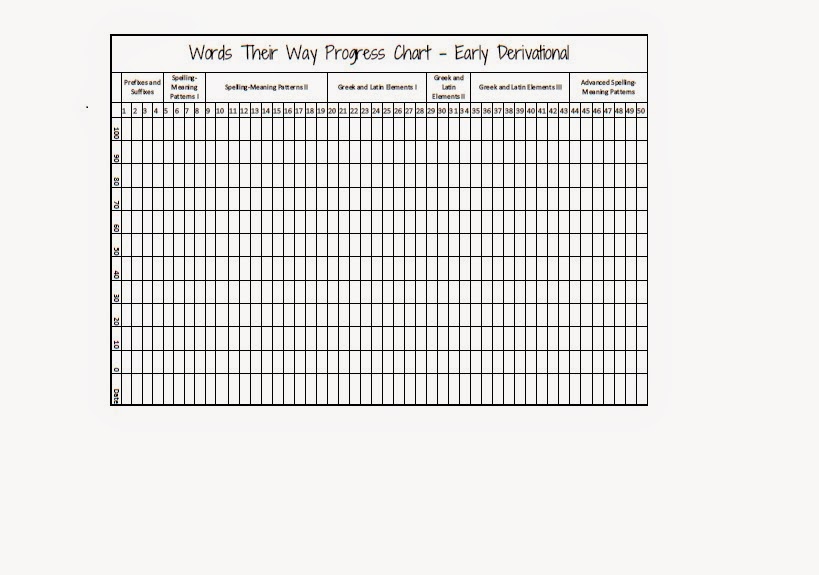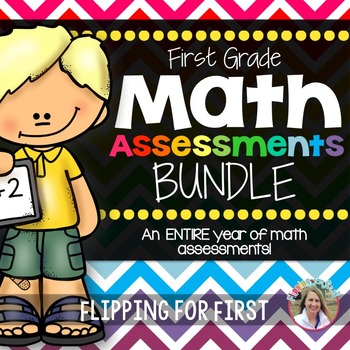Today I'm trying out my first Five for Friday by linking up with
DoodleBugs. I picked a crazy week to debut -- I can't say they'll always be this eventful!
A major upheaval in my worldview led me to the conclusion that my house needs a command center. I'll truncate a long and boring tale by saying that I lived a long time in denial of the fact that I needed any level of organization. We have a small house with an open floor plan, an unusual combination that has led to eight years of paper flotsam accumulating in the corners of all the countertops, on all unoccupied kitchen chairs, and even the bedroom closet. Something had to change.
If you're reading a teacher blog, I don't have to explain to you the power of Pinterest to inform us of all the domestic things we had no idea we were supposed to be doing. Don't get me started on how this targets women and the gendered expectations to which we are held. But the command center intrigued me right away.
I have looked and looked and looked at other peoples command centers, like
this one and
this one. I had to scale it down to my level (differentiating, you know). And this is what I came up with. Ta da!
 |
View from above.
|
 |
| Organizing papers. |
 |
Lettering!
|
 |
| Basket o' bags. |
 |
| Pens, coupons, etc. |
I cannot believe I actually got it done -- and in one nap! This is why I only have one kid. OK, this and a few other reasons.
I got as much as I could in the One Spot at Target: buckets, letter stickers. The picture frame at the top (which still needs pictures) was about three dollars. I got this one for two dollars:
I just flipped the cardboard inside to the back and used the letter stickers, then stuck Command hooks on the glass.
The mesh cups and big file are from Staples (and way overpriced, but I couldn't track them down anywhere else). The whiteboard we'd had for years but was buried under a pile of papers on the fridge.
You may have heard this elsewhere, but it's really true: if I can do it, literally anyone can.
This one is from the parenting files. My son is just over two years old. Potty training has hit a serious wall, but hope springs eternal. I thought maybe it might be smart to move little man over to a toddler bed in anticipation of the day that he rises from bed, realizes he needs to go, and takes himself to the potty. WHOA dream big.
So on Tuesday night, this happened.
 |
| The point of no return. |
Mr. W bought a camera so we could watch the action. At first, I couldn't tear myself away from the video feed on my phone. We'd never used a video monitor so I was unaccustomed to this much information about what went on after we put the little guy to bed. But time passed, he fiddled around...and then went to sleep. That's it! He woke up once with a bad dream, but just stood up in his bed and yelled just like he did when he was in his crib. I hugged him and put him back down and he went right back to sleep.
In the morning, he usually wakes up and sings and chatters long enough for me to hop in the shower. I wasn't sure how that would work out on Wednesday morning. So I turn on the video feed, then the shower...and he instantly wakes up. I watched and watched, and he seriously just sat there in bed looking around. I kept waiting and waiting for hijinks to ensue and they just did not. So I took a shower and eventually he started asking when we were coming. At one point before I was, ahem, ready to head into his room, Mr. W walked in to say goodbye on his way to work and told him he could get up and start playing. Only then did he wander over to his toy box and stand next to it.
I just hope this continues when school starts.
I finally dragged myself back into my classroom to do some physical work. I've been busting my butt from home in as many ways as I could think of until now. But it was time. The little man is going to a new day care next year, and I wanted us to try it out a few times before he goes full time. And I am planning some big changes for next year and needed to start doing the summer shuffle.
First up, Daily 5. Last year was my first in first grade, and my first with Daily 5. It took a lot of trial and error to get to a good place with it. One thing I never quite got how I wanted it was the procedure of getting everyone to whatever their choice was. I know some teachers just assign, some rotate groups, etc. But I really wanted to preserve the student choice aspect of it because I think it's really important. But I also wanted some control over how many kids ended up in one place and to make sure the kids were truly changing up their activities, without micromanaging.
I ended up putting a choice board up on the SMART Board with each kid's name and a certain number of spaces for each area. One student would draw names until everyone had a turn. I was able to start my strategy group while the others were choosing their area and getting settled. That was great. What was not so great was that the students in line would go bananas until they got to the board, where they would stand and stare for several minutes until they could finally choose something. And because it's a SMART Board, only one student could choose at a time and everyone else had to wait (and continue to go bananas with ever-increasing volume). I had a 15-minute timer on the board, and it could take up to 8 minutes for all the kids to get settled.
This year I am going low tech. I want kids to have a sense of urgency to choose their activity (before it fills up!) and I want several to choose at a time. So I'm still planning on having a student pull names on popsicle sticks, however, now students will take their popsicle stick where they want to work. Each activity is getting a little library pocket for the sticks.
 |
| These are the Word Work choices, with some of the portable (desk) activities right below. |
The little pockets are in packs of 10 at Dollar Tree. I got some colored popsicle sticks at a garage sale, so I'm thinking of doing a color for each rotation.
I was very much hoping to have photos of my "I Can" Statements posted in my room in time for today. No such luck: I'm still waiting on the color ink I ordered to get here. I guess I'll just have a printing party this weekend, because I did get this:
 |
| Squee! |
I don't know what having my own laminator says about me, but I guess I'll take it! I got a
Word Work banner from a
Sunny Day in First Grade that I'm really excited about, and plans for some other things I need to create.
So for my fifth thing, I will just have to casually remind you of the majesty of my I Can statements, and hopefully next week they'll be hanging up all over my room!
.png) |
| Written to make sense to you and your students. |
I have reorganized my Word Work area, where I can hang the Reading Foundations standards, and my Writing area, phonemic awareness area...you get the idea! I have report covers galore and just need to track down some binder rings.
Have a fabulous weekend!
Mrs. F-W


































.png)
.png)

